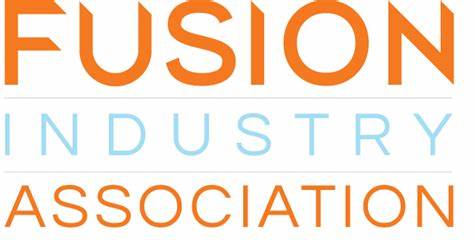Part 2 of 2 Parts (Please read Part 1 first)
Nuclear fusion occurs when two atoms of light elements fuse together to form atoms of heavier elements. The energy released is huge. It is the same process that powers the stars, including our Sun. Nuclear fusion does not produce the same kind of long-lasting radioactive waste.
It is very hard to create the fusion reaction on Earth. However, nuclear fusion could create virtually limitless quantities of energy with no greenhouse gas emissions and no long-lasting radioactive waste. This means that it has become an area of intense interest to scientists and innovators working to commercialize the process as a solution to climate change.
Private fusion companies have raised about five billion dollars to scale nuclear fusion technology up to commercial energy production. The decision from the NRC on how the nuclear fusion industry would be regulated is a big deal for companies involved in fusion research.
Pravesh Patel is the scientific director for fusion startup Focused Energy. He said, “I think this decision and the clarity it brings is very positive for the fusion industry and removes a major area of uncertainty for the industry.”
Commonwealth Fusion Systems (CFS) is a startup spawned by MIT that has raised more than two billion dollars from a notable collection of investors. CFS also supports the new decision on fusion regulation by the NRC, calling it “a regulatory approach that will enable the U.S. to be a global leader in commercial fusion energy.”
Helion is another fusion startup in Redmond, Washington. They say that the decision leaves the road open for it to deliver its stated goals. Sachin Desai is the general counsel for Helion. He said, “This approach provides a clear and effective regulatory path for Helion to deploy clean, safe and effective fusion energy.” He added, “It is now incumbent on us to demonstrate our safety case as we bring fusion to the grid, and we look forward to working with the public and regulatory community closely on our first deployments.”
The approach to regulating nuclear fusion energy production is similar to the regulatory regime that is currently being employed to regulate particle accelerators. These are machines that make elementary nuclear particles, such as electrons or protons, move very fast. Particle accelerators are fundamental to high energy physics research. They have been used to innovate in a wide variety of industries.
Technically speaking, nuclear fusion will be regulated under Part 30 of the Code of Federal Regulation. The regulatory structure for nuclear fission is under Part 50 of that code.
Jeff Merrifield is a former NRC Commissioner. He said, “The regulatory structure needed to regulate particle accelerators under Part 30, is far simpler, less costly and more efficient than the more complicated rules imposed on fission reactors under Part 50. By making this decision to use the Part 30, the commission recognized the decreased risk of fusion technologies when compared with traditional nuclear reactors and has imposed a framework that more appropriately aligns the risks and the regulations.”
Nuclear Regulatory Commission Issues New Regulations For Nuclear Fusion Reactors – Part 2 of 2 Parts

Written by
in
